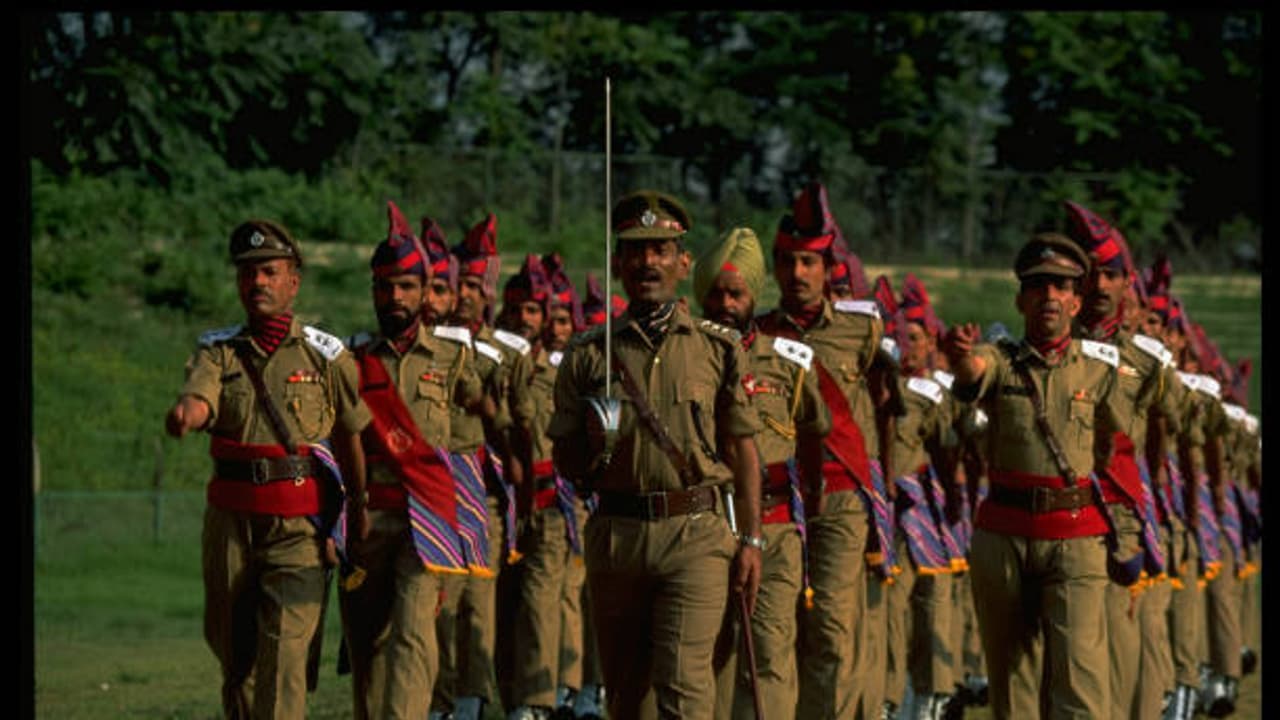For a country that rightly celebrates its soldiers during crises, the inability to resolve long-standing anomalies is a contradiction that grows harder to defend.
When the Seventh Central Pay Commission (7th CPC) was rolled out, the promise was parity, recognition, and fairness for those in uniform. Nearly a decade later, its legacy for the Armed Forces is not one of clarity, but of anomalies—pay, status, and pension disputes that continue to corrode morale and trust. Despite official committees, tribunal petitions, and even Supreme Court verdicts on related issues, the core grievances remain largely unaddressed.
The NFU Disparity
The starkest anomaly lies in Non-Functional Upgradation (NFU). Designed to ensure that officers stuck in bottlenecks still receive financial progression in step with their batchmates, NFU has been granted to almost every major Group A service—including the Central Armed Police Forces (CAPFs) after a Supreme Court ruling in 2019. The Court recognised CAPFs as Organised Group A Services, entitled to the same parity as the IAS or IPS.
Yet, the Armed Forces remain excluded. The Ministry of Defence argues that the military’s command structure and special allowances make NFU incompatible. This reasoning rings hollow when CAPFs, which share hierarchical and operational similarities, have secured NFU without “eroding discipline.” Veterans’ groups and the Armed Forces Tribunal have repeatedly pressed the case, pointing to morale and status erosion. The government, however, has appealed favourable verdicts and cited “unique service conditions.” For soldiers, the contradiction is glaring: those who shoulder the highest risks are denied a benefit extended even to paramilitary counterparts.
Rank and Status: A Bruising Episode
Another sore memory is the October 2016 Defence Ministry letter that equated civilian and military posts in ways the Services viewed as downgrades. Mapping a Principal Director to a Major General, or a Joint Director to a Colonel, flew in the face of traditional equivalence rooted in years of service and command responsibility.
The backlash was intense—serving officers, veterans, and even think tanks flagged the move as a blow to morale and cohesion. The Defence Ministry eventually withdrew the letter in January 2018, after Defence Minister Nirmala Sitharaman stepped in. But the damage lingered. Many in uniform saw it as symptomatic of a deeper resistance within the bureaucracy to acknowledge parity. For a profession that runs on honour and status, such signals matter far more than the government realises.
Disability Pensions: Policy Volatility
Few issues strike more deeply than how a state treats its disabled veterans. In 2016, the government implemented slab-based disability pensions in place of percentage-based calculations. For many, this meant sharp reductions in entitlements. After widespread protests, a corrigendum in 2017 softened the rules, but anomalies remained.
More recently, the 2023 Entitlement Rules introduced the term “impairment relief” and tightened eligibility. Ex-servicemen groups and lawyers say this has caused fresh confusion and reduced benefits for some categories. The Armed Forces Tribunal has repeatedly sided with disabled veterans, and the Supreme Court has upheld that diseases contracted during service presumptively qualify for disability pensions. Yet, the pendulum of policy continues to swing, creating a sense of instability. For those who lost health in service, this is not only unjust—it is demeaning.
Risk and Hardship: Unequal Rewards
On allowances, too, the story is mixed. The 7th CPC rationalised entitlements into a Risk and Hardship (R&H) matrix, raising the Siachen allowance to ₹42,500 for officers and ₹30,000 for JCOs/ORs. The reform was welcome, but anomalies remain.
Despite acknowledging that “no government employee faces more hardship than soldiers in Siachen,” the Commission inexplicably recommended some civilian allowances—like the Special Duty Allowance in the Northeast—at higher levels. This inequity struck at the core principle of recognising the Armed Forces’ unique hardships. The symbolism was bitter: the world’s highest battlefield rated below Guwahati in monetary terms.
Anomalies Committee: A Labyrinth, Not a Solution
To address these anomalies, an Anomaly Committee for Defence was established. But years later, most of the 18 anomalies flagged by Service HQs remain unresolved. Officials classify them as “demands” rather than “genuine anomalies.” Representations from Service Chiefs, parliamentary committees, and veterans’ organisations have yielded little progress. The machinery of redressal moves slowly, while the grievances fester in the ranks.
Why It Matters
These are not minor bookkeeping errors. They shape how soldiers perceive their worth vis-à-vis peers in civil services or paramilitary forces. They influence whether bright young Indians see the Armed Forces as an attractive career, or as a profession where status and dignity erode with each pay commission. They cut to the heart of morale—a factor as vital as equipment or training in determining combat readiness.
For a country that rightly celebrates its soldiers during crises, the inability to resolve long-standing anomalies is a contradiction that grows harder to defend. NFU exclusion, pension volatility, allowance inequities, and status disputes are not abstract technicalities; they are lived realities that sap trust.
The 7th CPC may be history on paper, but its anomalies are very much alive. For the sake of fairness, for the health of civil-military relations, and for the operational effectiveness of the Armed Forces, it is time these ghosts were finally laid to rest.
(Ashu Mann is an Associate Fellow at a think tank & he was awarded the Vice Chief of the Army Staff Commendation card on Army Day 2025. He is pursuing a PhD from Amity University, Noida, in Defence and Strategic Studies. His research focuses include the India-China territorial dispute, great power rivalry, and Chinese foreign policy.)
Disclaimer: The opinions expressed are solely those of the author and do not reflect the views or stance of the organization. The organization assumes no responsibility for the content shared.
